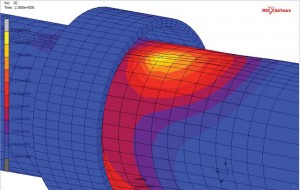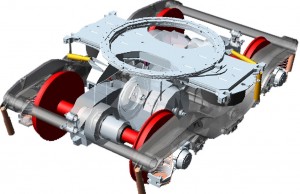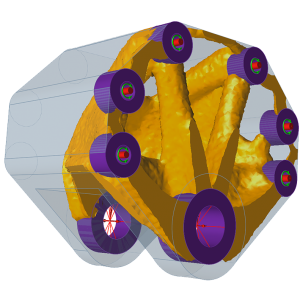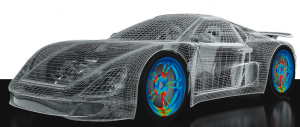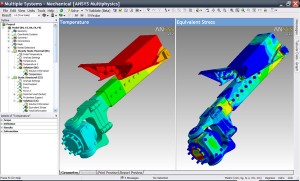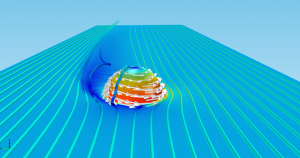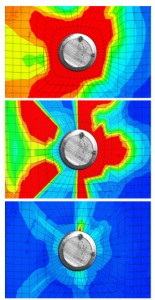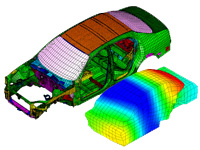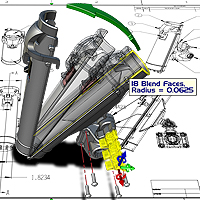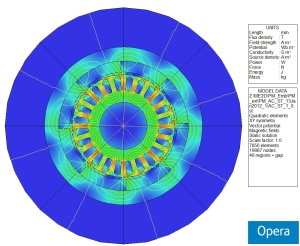In product development, simulation technology, such as finite element analysis (FEA), is commonly used to test how products will behave and perform under a range of real-world conditions (stress, heat, vibration, etc.) while those product still remain in digital form.
The challenge of modeling and simulating large-scale structures, such as mining equipment, buildings, and oil rigs, is the sheer amount of data crunching, or computation, involved. Running these mammoth-size models through a simulation program can take many hours of computing time even on expensive systems, which requires significant resources in terms of time and money.
Making large-scale simulations faster
MIT spinoff Akselos has been working to make the process more efficient. The Akselos team, which includes CTO David Knezevic, cofounder and former MIT postdoc Phuong Huynh as well as MIT alumnus Thomas Leurent, developed innovative software based on years of research at MIT.
The software relies on precalculated supercomputer data for structural components, like simulated Legos, to significantly reduce simulation times. According to an article on the MIT news site, a simulation that would take hours with traditional FEA software can be carried out in seconds with the Akselos method.
The startup has attracted hundreds of users from the mining, power-generation, and oil and gas industries. An MIT course on structural engineering is introducing the software to new users as well.
The Akselos team is hoping that its technology will make 3D simulations more accessible to researchers around the world. “We’re trying to unlock the value of simulation software, since for many engineers current simulation software is far too slow and labor-intensive, especially for large models,” Knezevic says. “High-fidelity simulation enables more cost-effective designs, better use of energy and materials, and generally an increase in overall efficiency.”
FEA assisted by the cloud
The software runs in tandem with a cloud-based service. A supercomputer precalculates individual components of the model, and this data is pushed to the cloud. The components have adjustable parameters, so engineers can fine-tune variables such as geometry, density, and stiffness.
After creating a library of precalculated components, the engineers drag and drop them into an “assembler” platform that links the components. The software then references the precomputed data to create a highly detailed 3D simulation in seconds.
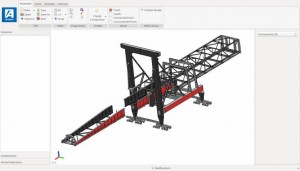
By using the cloud to store and reuse data, algorithms can finish more quickly. Another benefit is that once the data is in place, modifications can be carried out in minutes.
The roots for the project extend back to a novel technique called the reduced basis (RB) component method, co-invented by Anthony Patera, the Ford Professor of Engineering at MIT, and Knezevic and Huynh. This work became the basis for the 2010-era “supercomputing-on-a-smartphone” innovation, before morphing into its current incarnation under the Akselos banner.

